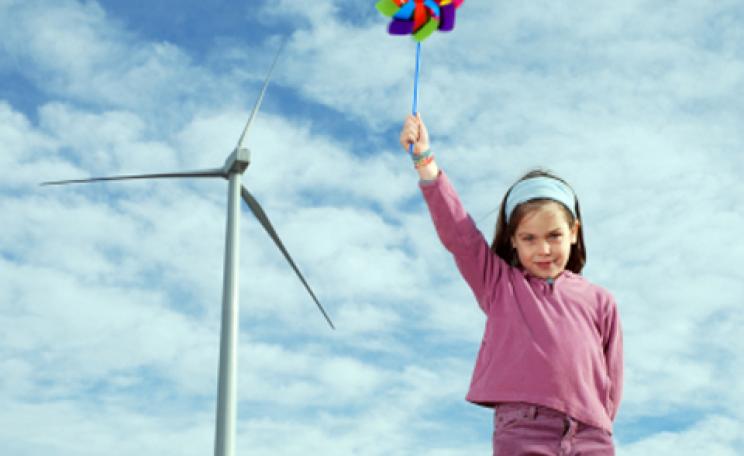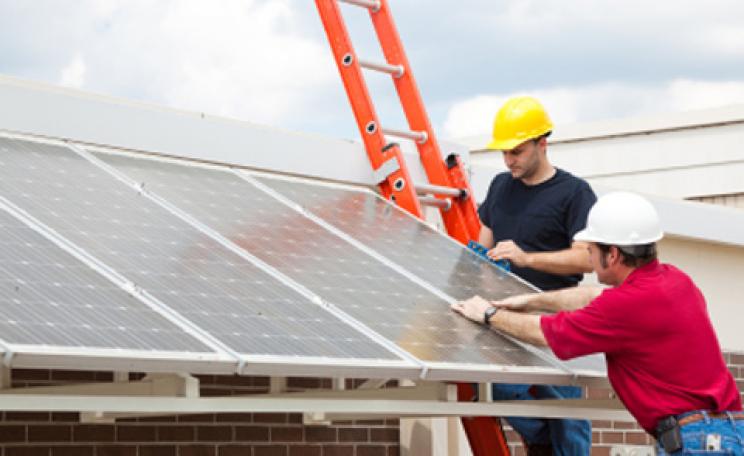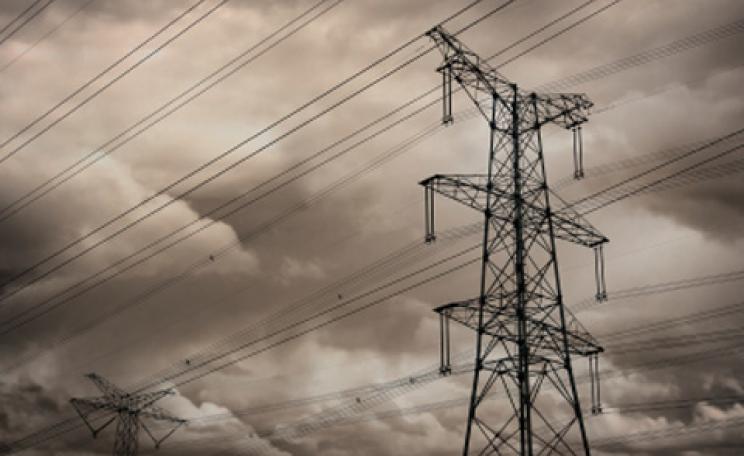China saw $54.5 billion invested into its clean energy sector, mostly to wind power projects, according to analysis by the Pew Charitable Trusts. Germany was second with $41.2 billion of investment, largely in small-scale solar. Some of the biggest growth in investment was in India and Latin America.
Below is a breakdown of how ten countries compare on the investment they attracted:
Brazil
Brazil is ranked 6th among the G20 with 3.9 per cent of total investment and second only to China among emerging markets. In 2010 this equated to $7.6bn with 40 per cent going to biofuels, 31 per cent to wind and 28 per cent going to other sources. When it comes to policy, Brazil does not have a carbon cap or market, but does enforce a renewable energy standard and has clean energy tax incentives as well as having the world’s 7th largest installed clean energy capacity of 14 Gigawatts.
Canada
Standing one place behind Brazil among the G20, Canada’s total green energy investment for 2010 came to $5.6bn. Fifty-two per cent of this was channelled into wind energy, while 24 per cent went to solar projects. Canada also stands at 12th among G20 for installed clean energy capacity, with 7.6 gigawatts, but 4th globally for percentage of GDP invested. The leading beneficiaries are wind and small hydro systems, which receive strong support from provincial governments, which have a much more significant say in energy policy than national government.
China
China saw a 39 per cent growth in its 2010 clean energy investment, bringing in a world-record of $54.4bn. In 2009 it surpassed the US to claim the number one spot for installed clean energy, with a substantial $45bn going to wind, enabling a drive to install an additional 17 gigawatts of wind capacity. China’s wind sector has accounted for 72 per cent of its renewable investment between 2005 and 2010. It has set a new 2020 goal of 20 installed gigawatts of solar energy, which saw $4.7bn of investment in 2010. In addition to this, China is also the world’s leading manufacturer of renewable energy technology, producing 50 per cent of wind turbine and solar module shipments.
France
France’s 2009 to 2010 investment increase of 26 per cent has pushed it into 9th place within the G20, with 2 per cent of total G 20 investment. This equated to $4bn, nine tenths of which went into small scale solar projects, which saw an investment rise of 150 per cent, however, from 2005 to 2010 52 per cent of France’s clean energy investment went into wind. Policy incentives from the government include reduced VAT on renewable energy equipment as well as having a renewable energy standard.
Germany
Germany now stands at second in the G20 rankings for clean energy investment, having surpassed the United States. It saw a 100 per cent increase in its 2010 investments, reaching $41.2bn driven largely by a significant flow of money into the solar sector. Small scale solar projects saw $36.1bn of the Germany’s total 2010 investment, which has led to a 132 per cent jump in the output of solar energy, allowing the installation of an extra 8-9 gigawatts of installed solar capacity. German policy incentives include Auto-efficiency standards, government procurement and clean energy tax incentives.
India
India is now ranked in 10th place among the G20 for renewable energy, with 2 per cent of the total investment. In 2010, India’s clean energy investments rose by 25 per cent to $4bn, 63 per cent of which was funnelled into the wind sector. The Indian government has set an ambitious target of 20 gigawatts of installed solar capacity by 2020, and currently stands 7th in the world for such capacity with 18.7 gigawatts. Policies include a preferential 15 per cent tax on renewable energy projects, compared with the standard 30 per cent
Indonesia
Unlike all the above cases, Indonesia’s 2010 investment declined a not-insignificant 55 per cent, to $247m. This places it right down at 18th among the G20 nations, with geothermal taking the lion’s share of this investment. Although Indonesia does rank 4th for 5 year growth, its starting point is much lower, therefore this growth arguably amounts to a catch-up drive. However, its policy incentives include guaranteed purchase of clean energy by state utilities as well as tax incentives for clean energy projects, among others.
Japan
Japan’s 10 per cent investment increase in 2010 places it just outside the top ten at 11th, with $3.3bn, amounting to just 0.2 per cent of the G20 total. However, its five-year growth rate forces it right down to the bottom of the table, with the Japanese clean energy sector being dominated by solar, which saw 96 per cent of investment. Japan does have 20 gigawatts of installed biomass energy, and its solar investments have seen the installation of 3.5 gigawatts of capacity. Its current installed capacity is 7 per cent of the G20 total. It has set a target of 28 gigawatts of installed solar capacity by 2020 with 5 gigawatts coming from wind.
UK
The UK saw a sharp 70 per cent decline in its 2010 clean energy investments, which been possibly attributed to the uncertainty surrounding new government policy positions. The UK’s 2010 investments of $3.3bn place it 13th in the G20 table, with just 1.6 per cent of total investment. Fifty-two per cent of this went into offshore wind farms, while it currently has 7.5 per cent of installed gigawatt capacity, 2 per cent of the G20 total. Policies include tax incentives, a renewable energy standard as well as government procurement.
USA
Although the US has seen a 51 per cent increase in investments in 2010, with $34bn, it has dropped to third place in the G20 league, investing 17 per cent of the G20 total. It is also in 11th position in terms of its five year growth, but is the world leader for investment in energy efficiency. With regard to policy, the US has a number of tax incentives for clean energy, and although is still the dominant voice in technology innovation it is lagging in manufacturing.
| READ MORE... | |
 |
NEWS ANALYSIS Europe moves to ban imports of tar sands oil from Canada An attempt to classify tar sands oil as more environmentally-damaging than conventional oil would effectively ban its sale within European Member States |
 |
NEWS Huhne accused of 'hypocrisy' for promoting offshore oil in Scotland and Arctic Climate change minister urges more urgent cuts to greenhouse gas emissions while allowing renewed push for oil in remote regions |
 |
NEWS ANALYSIS How France eclipsed the UK with Brittany tidal success story The UK may have turned its back on the Severn barrage but across the channel they have been harnessing tidal energy from the River Rance for more than 40 years - and it may yet point to a way forward for smaller-scale renewable projects |
 |
NEWS End $300 billion subsidies for fossil fuels, says energy watchdog Subsidies for oil, coal and gas sectors were six times higher than those for renewable energy in 2009, the latest International Energy Agency (IEA) assessment has revealed |








